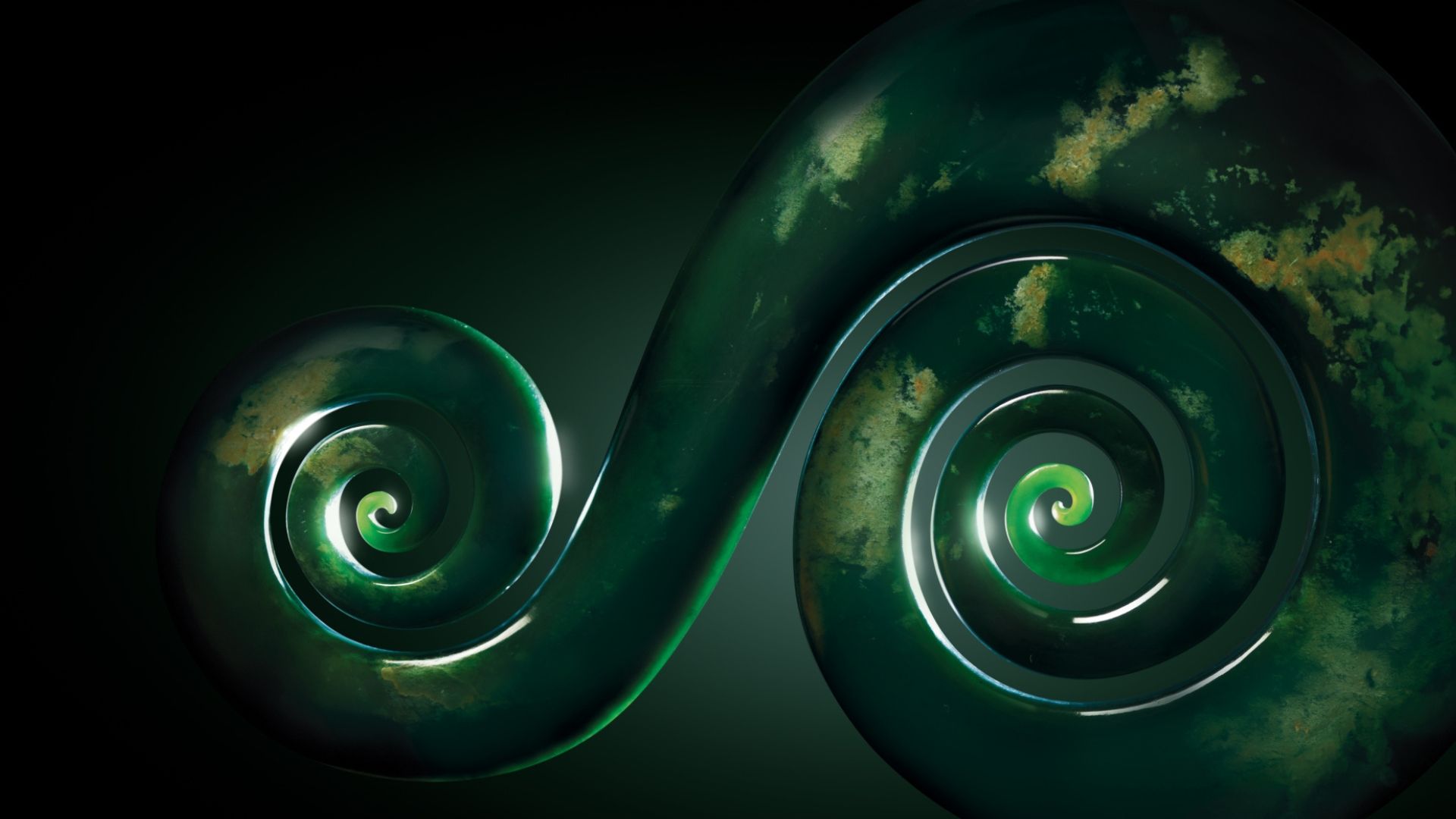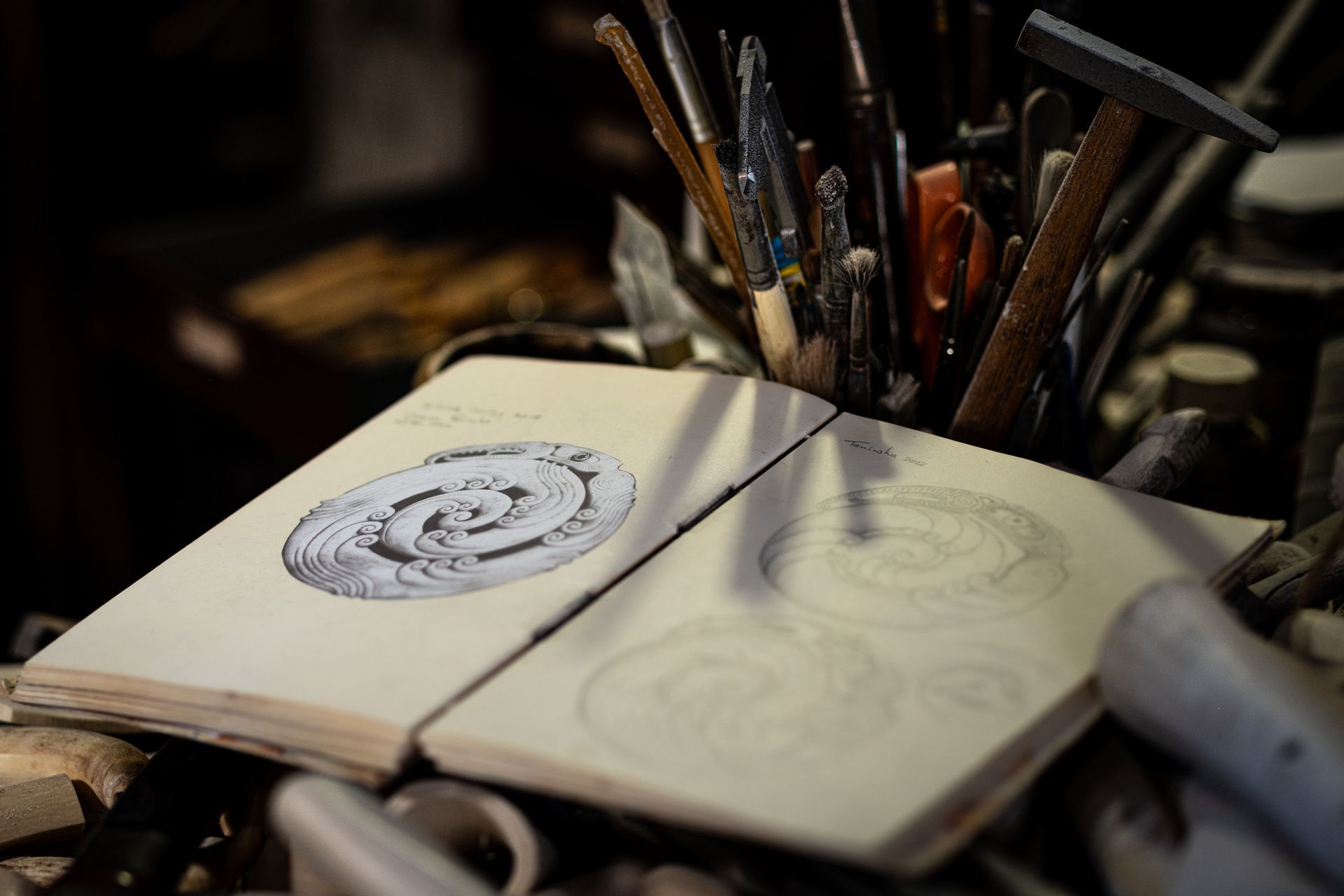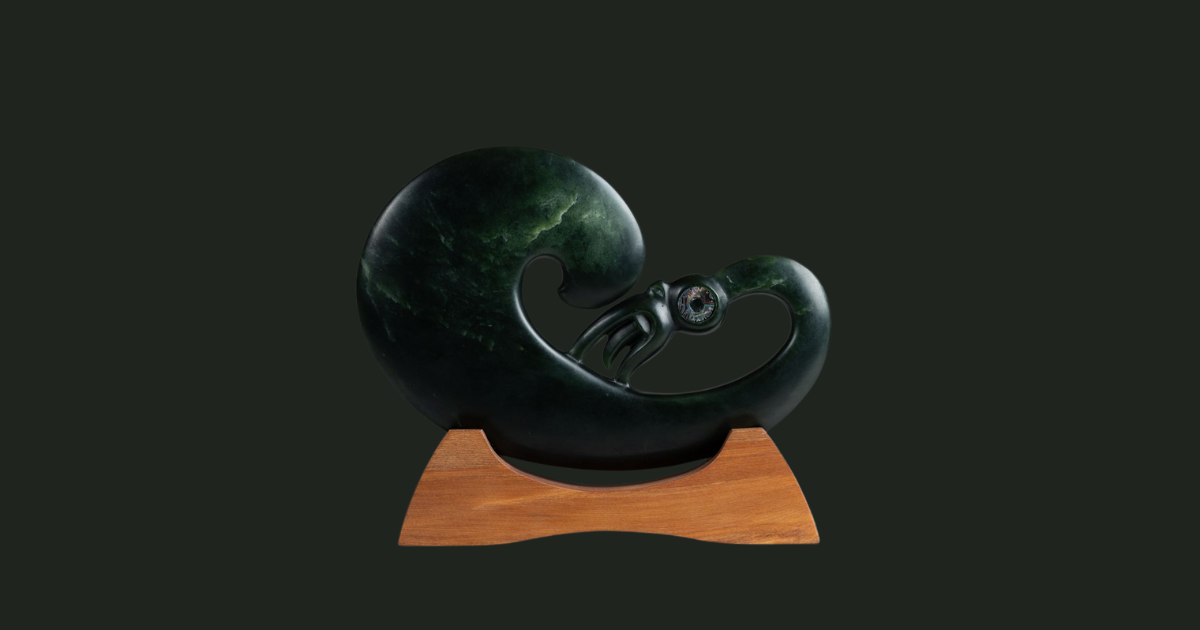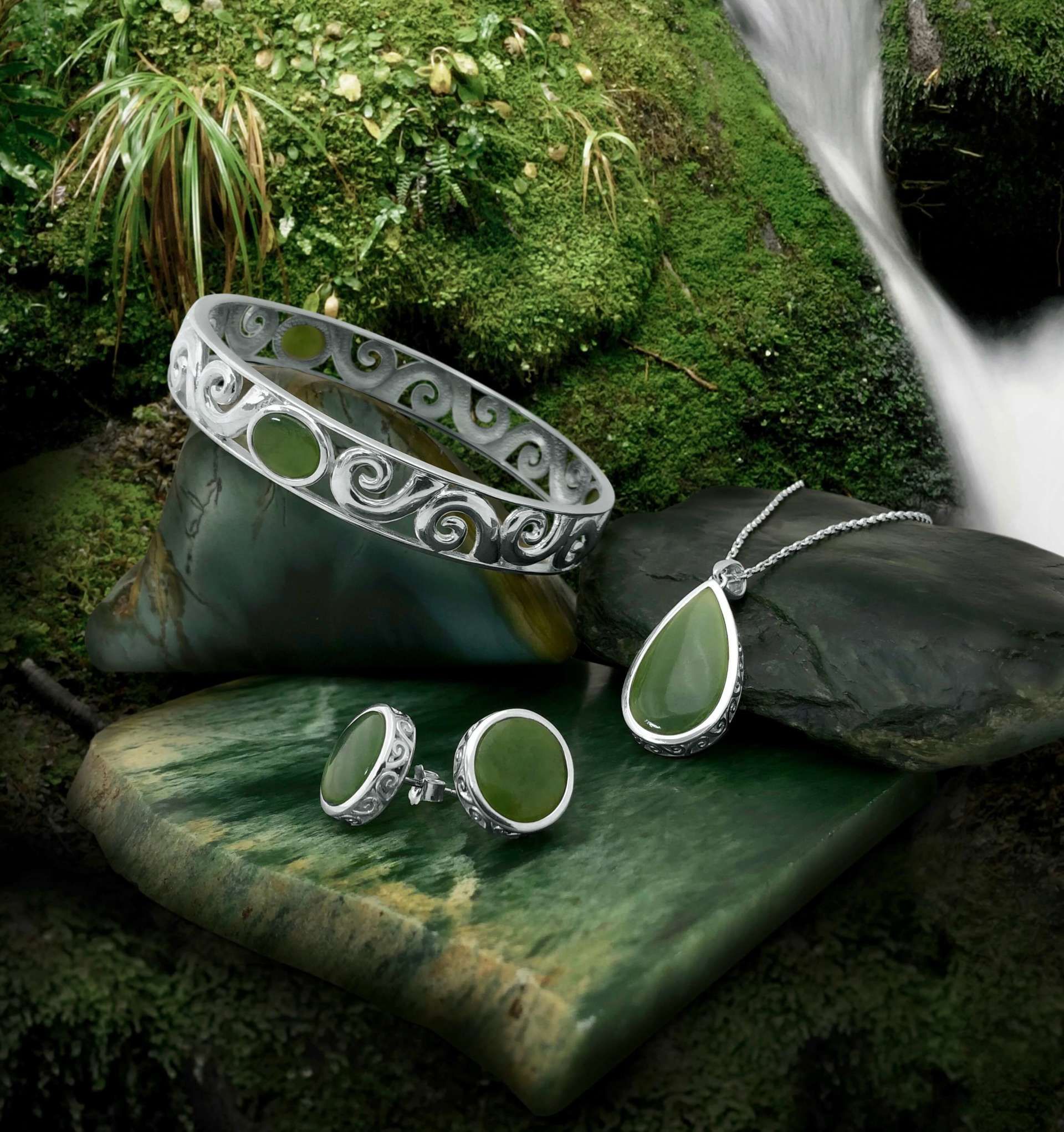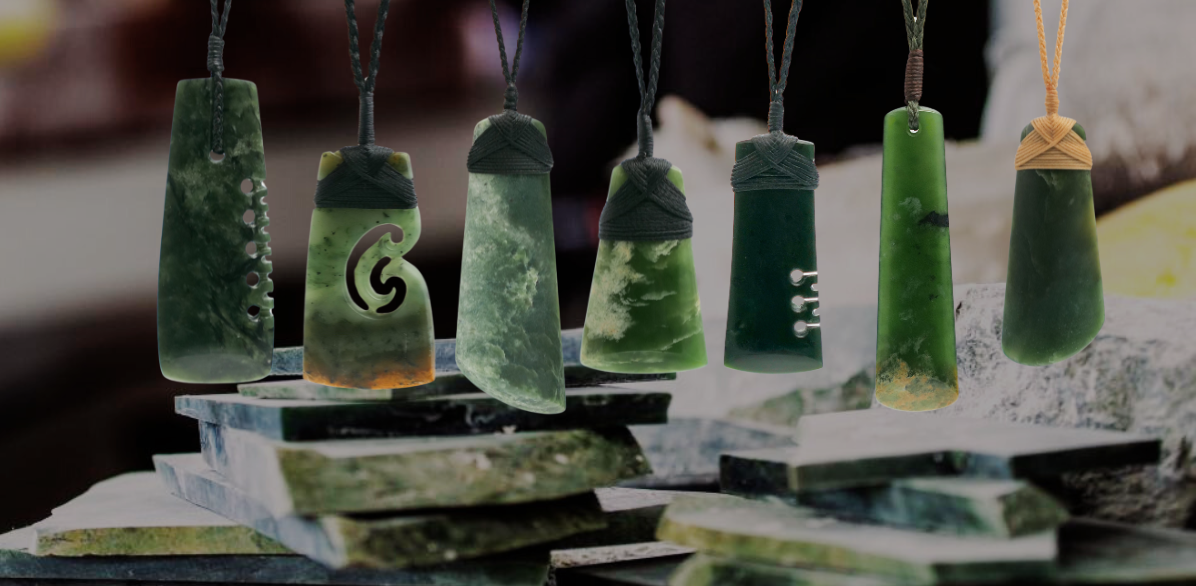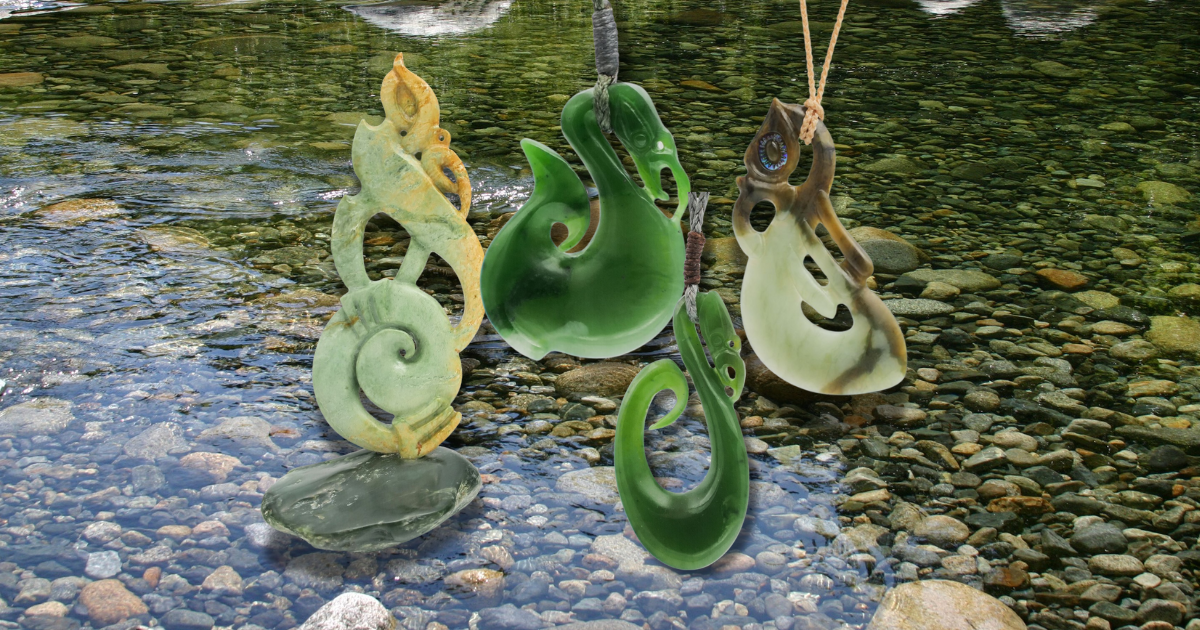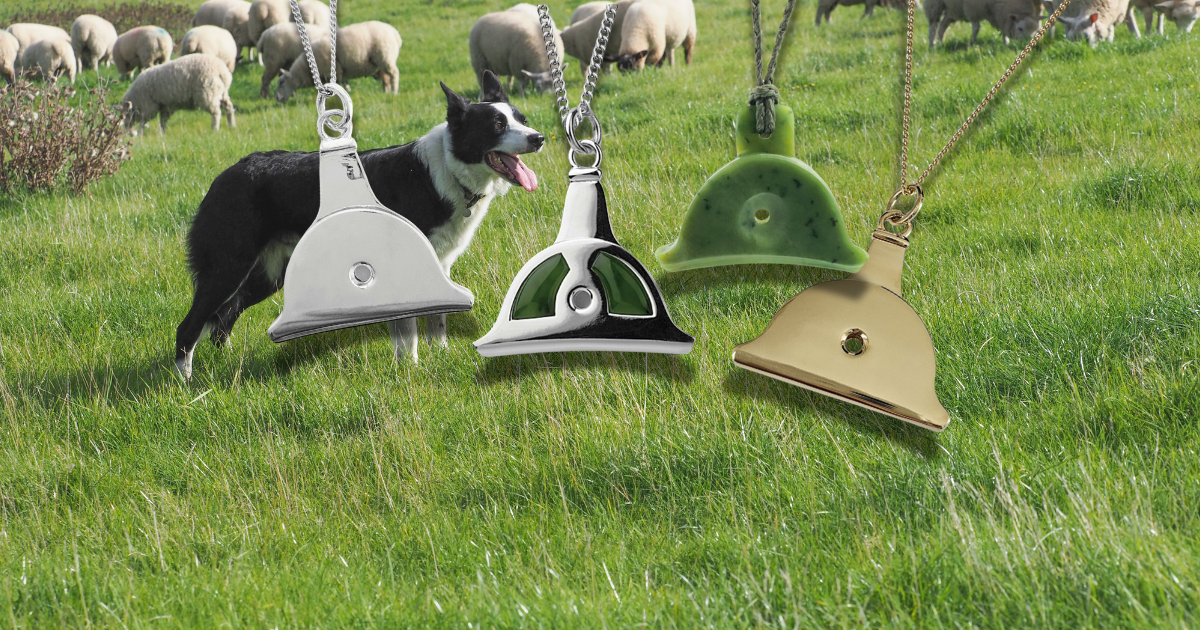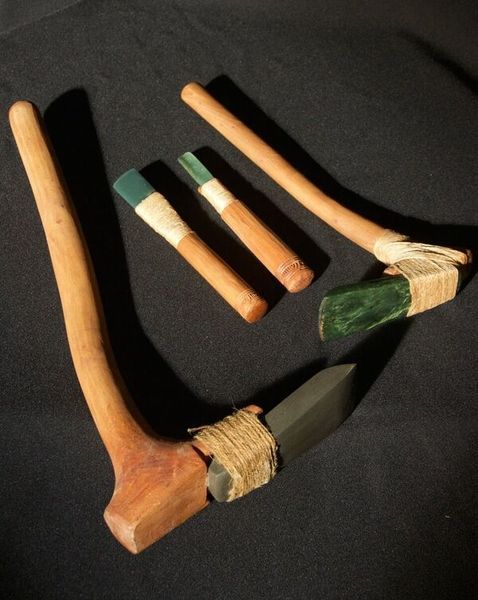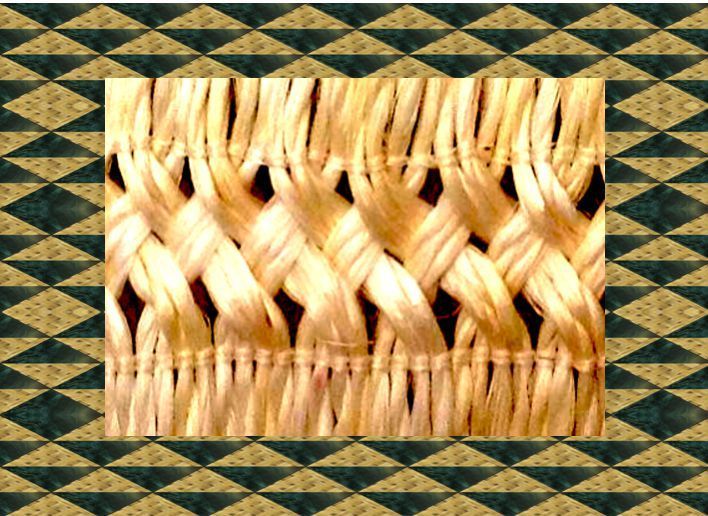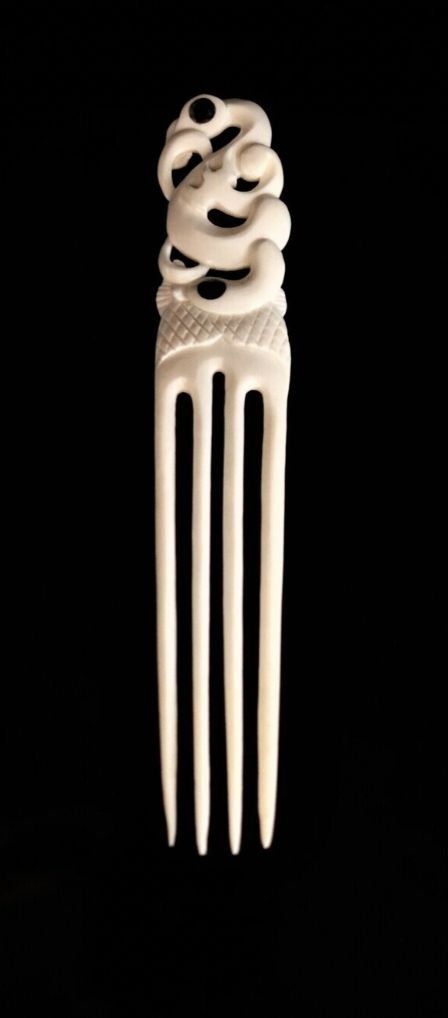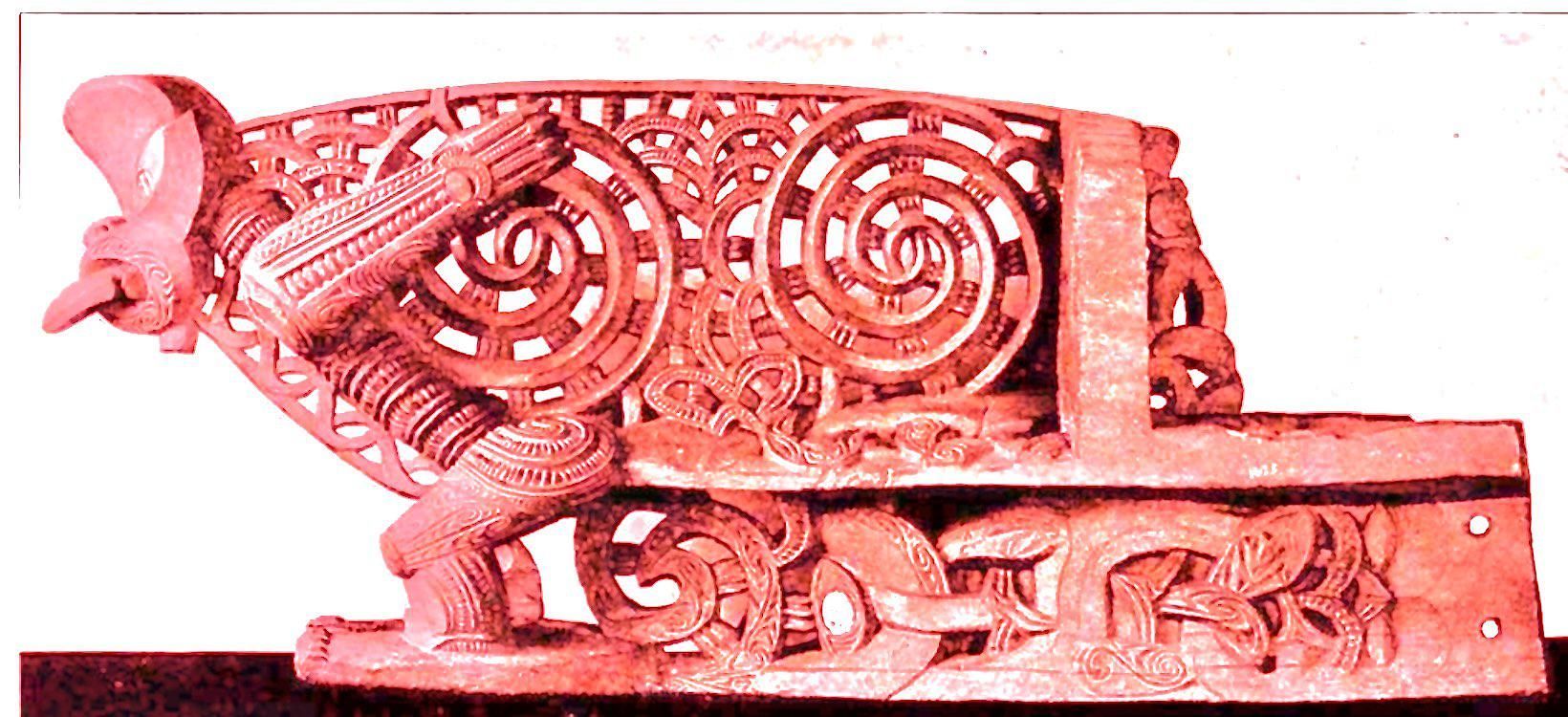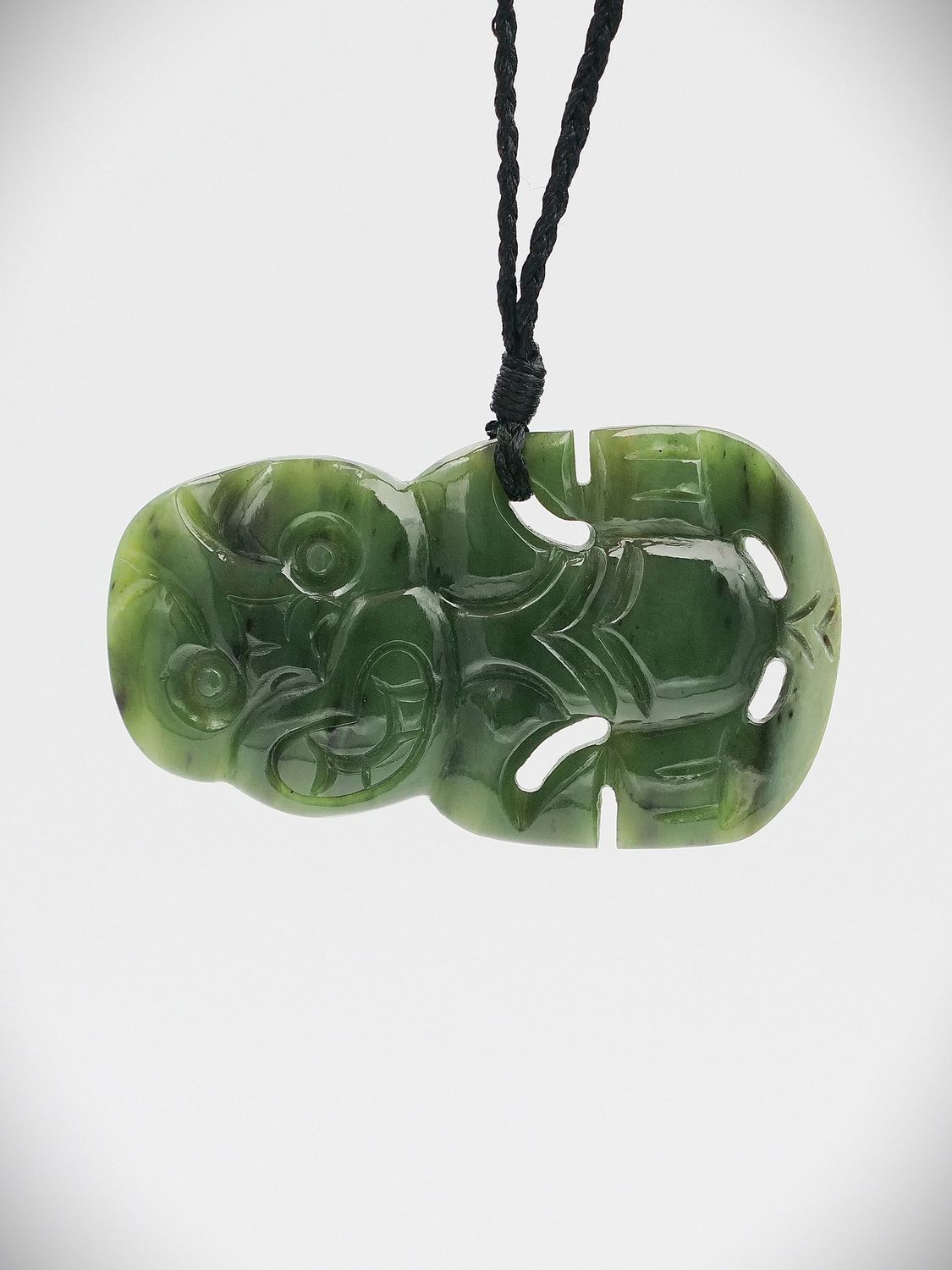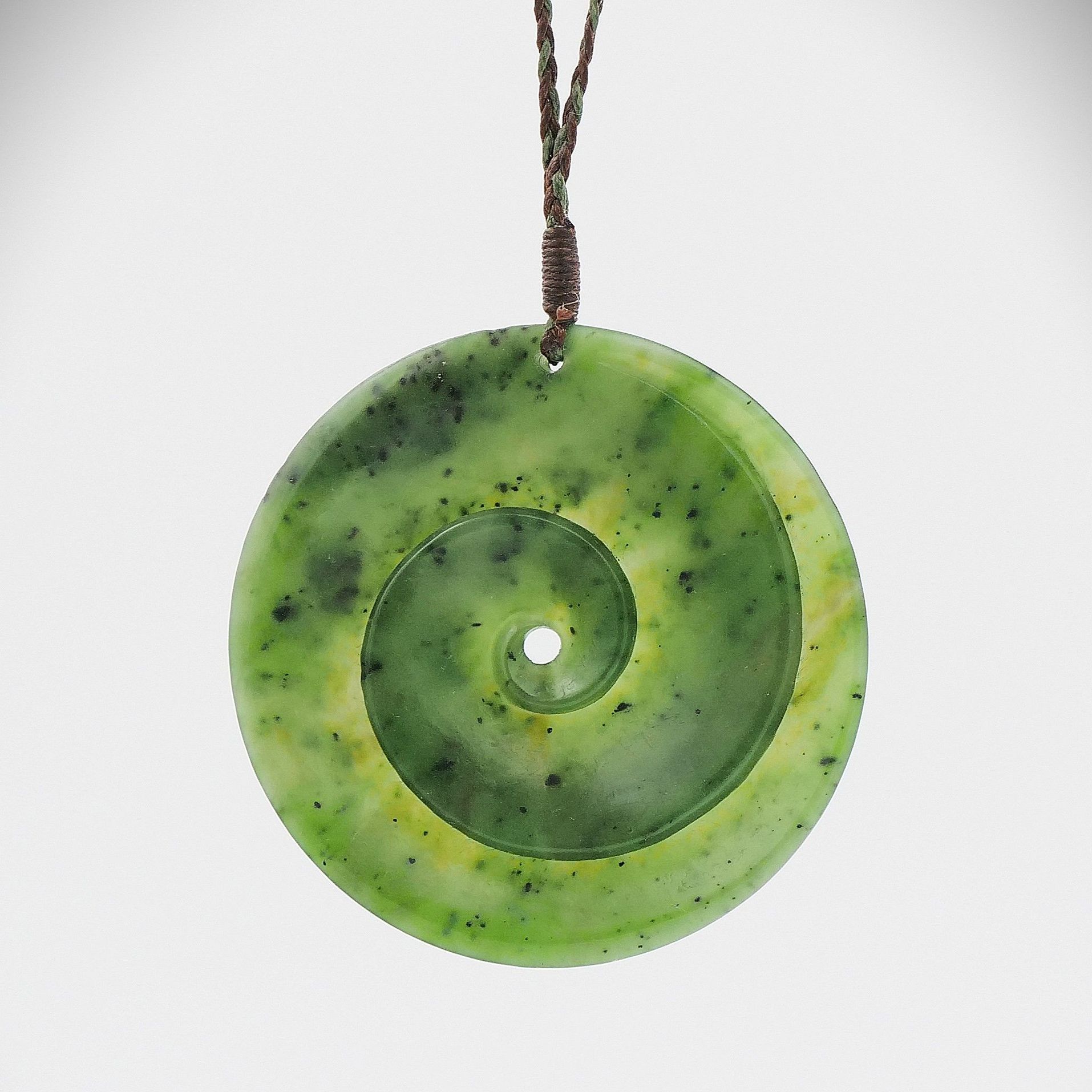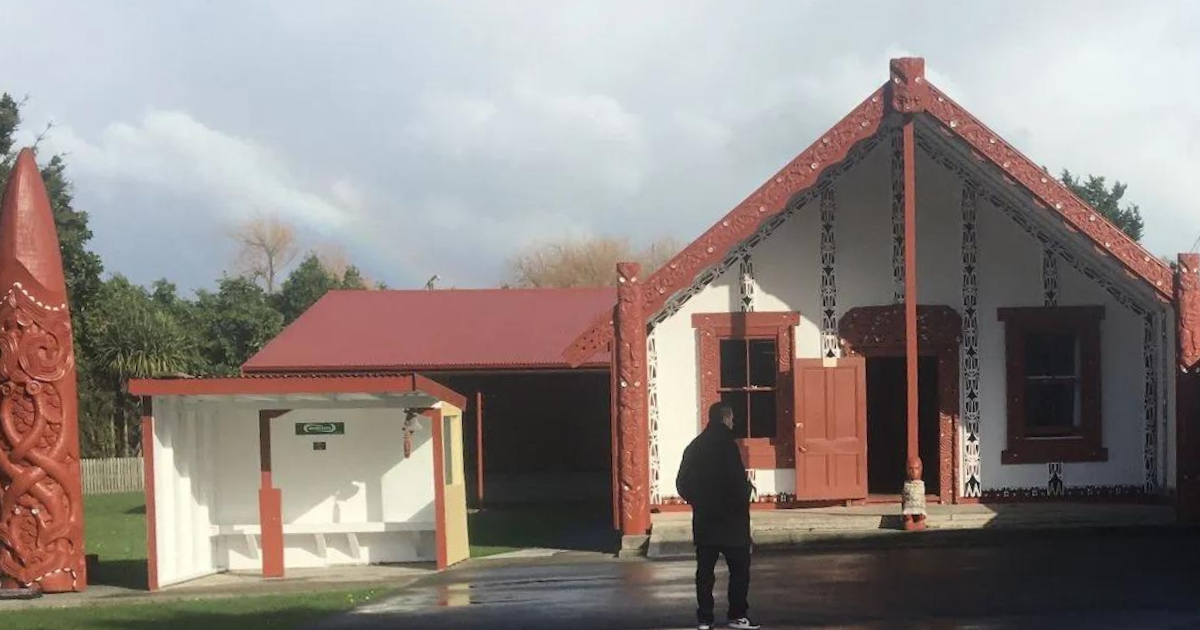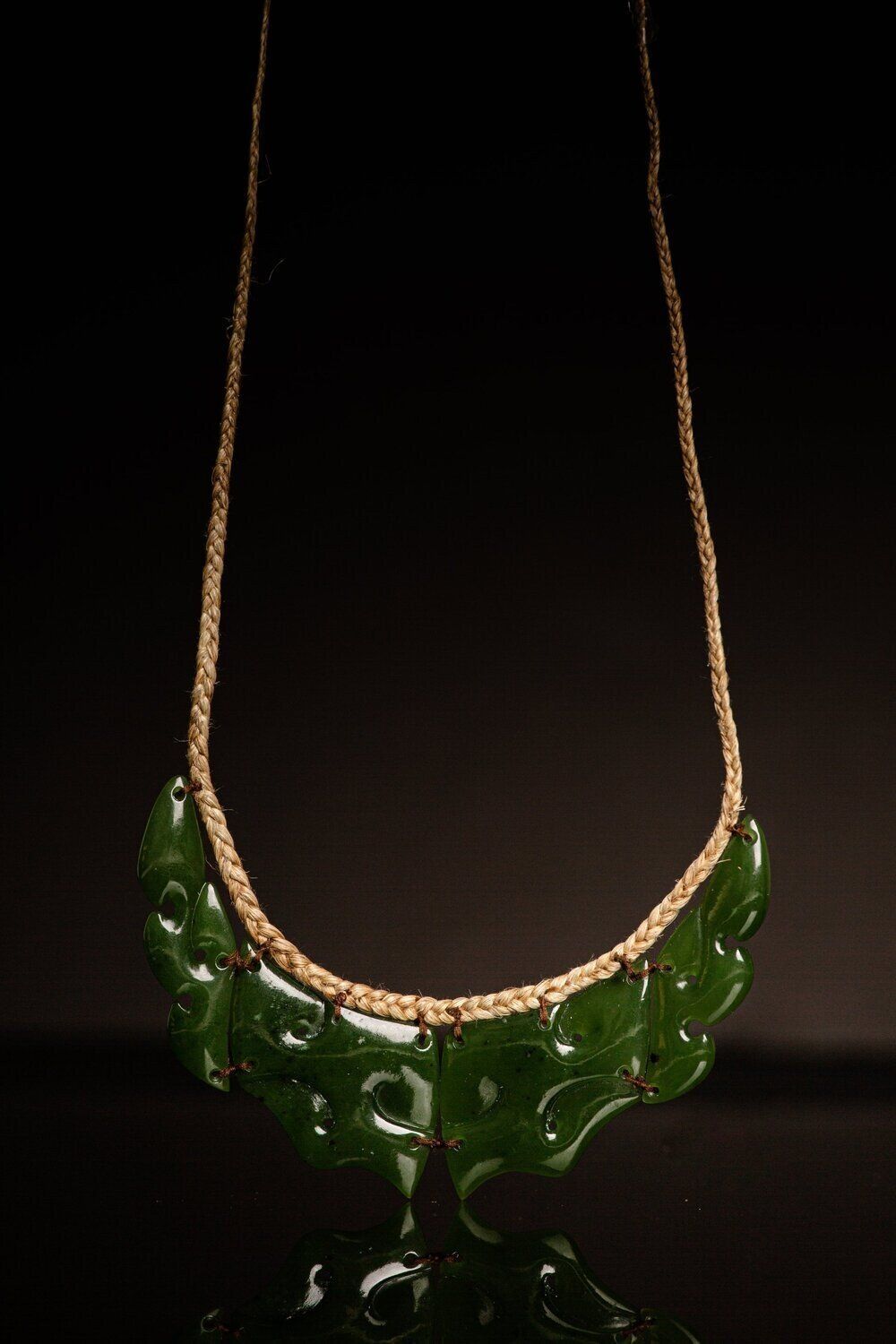Art & Craftsmanship
Appreciate the intricate craftsmanship and artistic expression in Pounamu creations, reflecting the deep connection to Māori artistry.
Moko Pounamu Knowledge Library
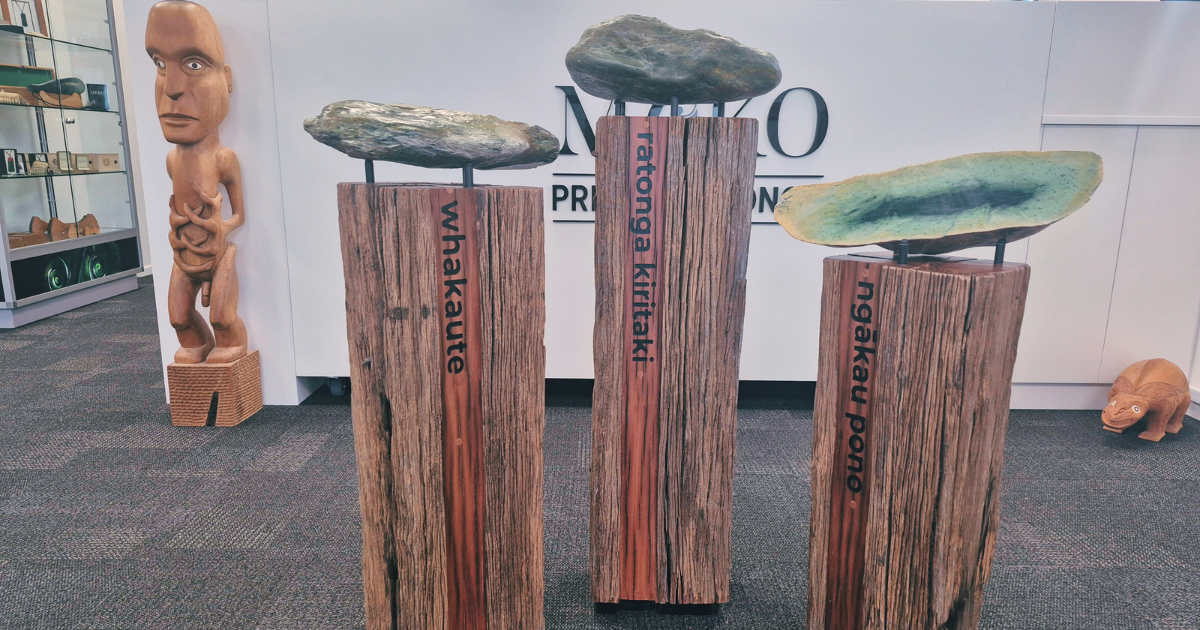
We believe that gifting pounamu is a profound act, one that deserves to be supported by deep knowledge, genuine care, and absolute integrity. This belief is the foundation of our business, which is built on three core pillars that guide every interaction, both in our Christchurch shop and across the globe.
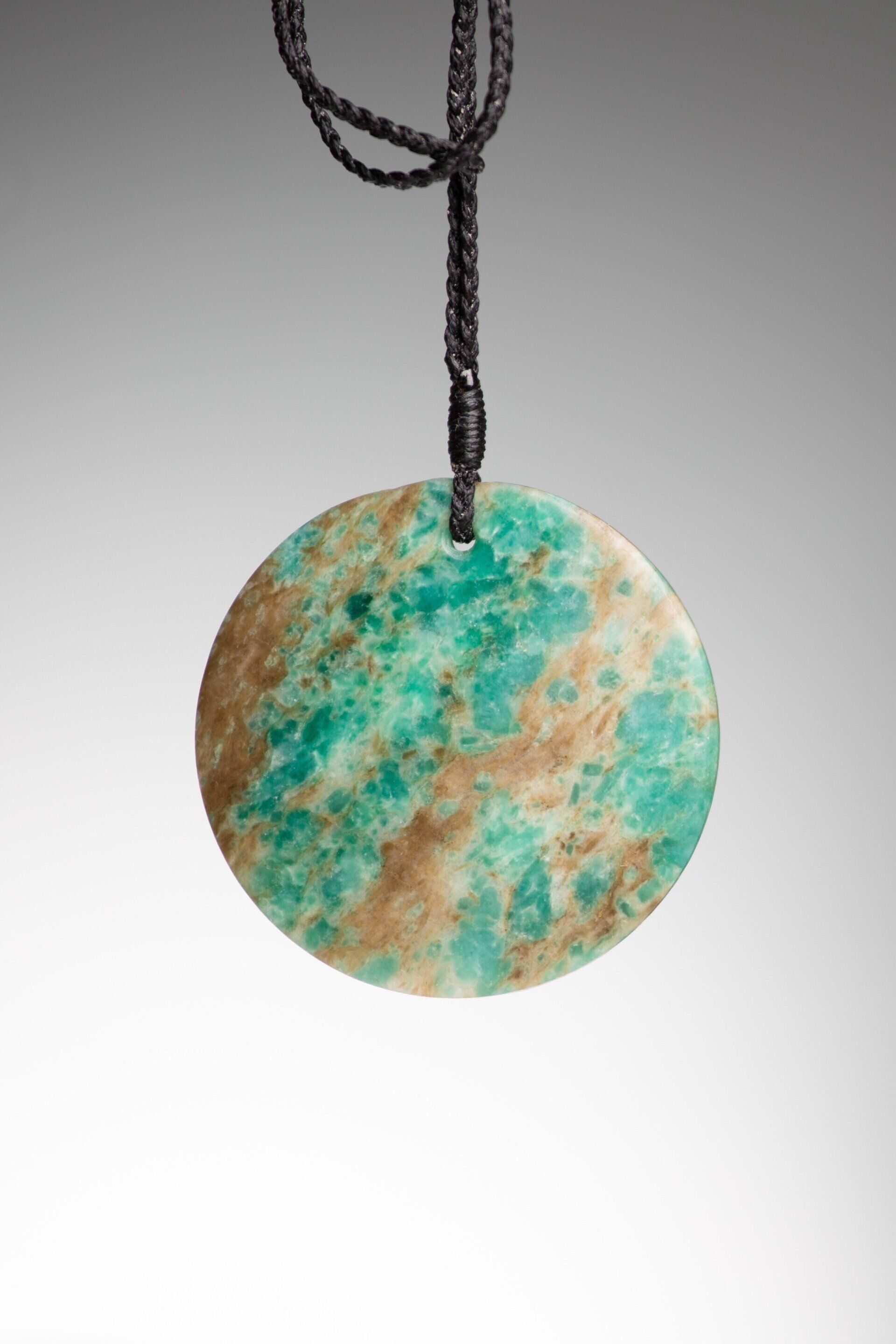
All of the pieces that we have for sale in our shop are striking in their own ways, but there’s something rather special about pieces carved from Aotea stone. We have several pieces showcasing this rare and precious stone. Aotea stone is sometimes called bluestone because - yep, you guessed it - it has a distinctive b

